In April 2021, the Japanese government decided to discharge radioactive water stored inside the TEPCO Fukushima Daiichi Nuclear Power Station into the Pacific Ocean. TEPCO’s plan is to build a pipeline along the ocean bed and release diluted processed radioactive water 1 km off the coast of Fukushima. In November, Greenpeace conducted its 33rd Fukushima radiation survey since the nuclear disaster, during which we had the opportunity to interview local fisherman Mr. Haruo Ono. Mr. Ono opens up about the pain he feels, saying that discharging radioactive water into the ocean will throw Fukushima’s fishing industry back down into the abyss.
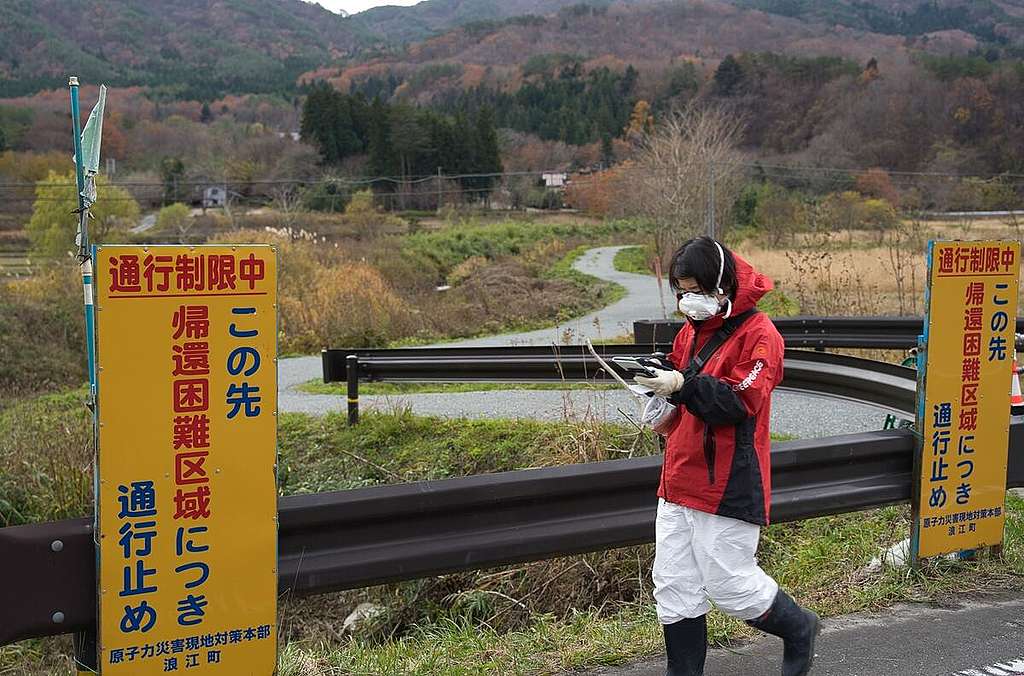
It has taken us 10 years to get to where we are
“How can such a thing be allowed to happen,” sighed Mr. Ono with a thick Fukushima accent. As he scanned the newspaper in his home, his eyes came to rest on an article and comments about the plan, announced by TEPCO the previous day, to discharge radioactive water from the Fukushima Daiichi Nuclear Power Station into the ocean. “The ocean’s alive, too, you know!” The hand that gripped the newspaper turned white.
Mr. Haruo Ono from Shinchi Town, Fukushima was born into a family of three generations of fishermen, and has helped out with the family business from as early as he can remember. Then in March 2011, everything fell apart. His town was badly hit by the tsunami that followed the Great East Japan Earthquake and then, to make matters even worse, vast amounts of radiation were released from the stricken Fukushima Daiichi Nuclear Power Station. The fish they landed were found to contain radioactive substances, and fishermen were left with no choice but to voluntarily cease all fishing off the coast of Fukushima for approximately one year.
In June 2012, just over a year after the disaster, fishing trials were restarted and the sale of certain seafood, such as octopus and some shellfish was subsequently permitted. In February 2020, the ban was finally lifted for all seafood, and now Mr. Ono is permitted to go out to sea to fish up to ten times in a month. However, in April 2021, a month after the ten year anniversary of the disaster, the Japanese government made a cabinet decision to discharge radioactive water into the ocean.
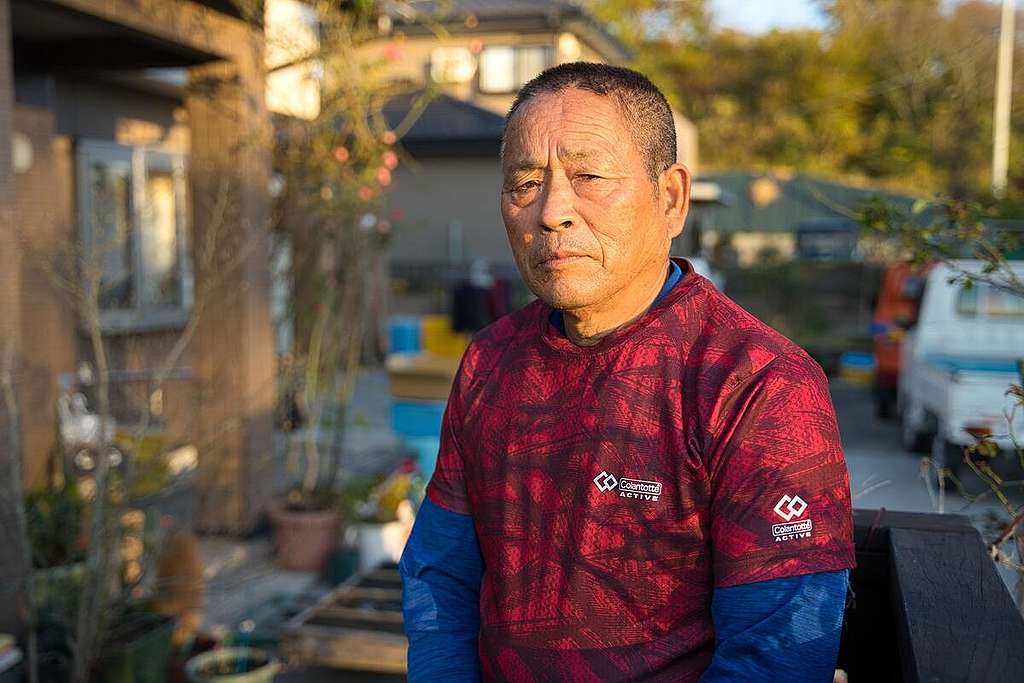
“Fish are finally starting to return after ten years, but if they now pour tritium into the water, no matter how much they dilute it, who’s going to buy those fish? Who wants to eat poisoned fish? “
For a decade since the nuclear disaster, Mr. Ono has endured the frustration of not being able to fish freely, and the unfairness of having his catch overlooked simply because it’s from Fukushima. “So then why didn’t they discharge it into the sea ten years ago? That’s because it would have been wrong, right?” Unable to hold back any longer, his frustration poured out.
Voices going unheard
After the decision was made to discharge the polluted water into the ocean, the government held a number of information sessions for the residents of Shinchi Town, which Mr. Ono attended. However, he says he still hasn’t received an answer as to why they are going to discharge the water into the ocean.
“The person in charge arrives at 3:30, and the session is over at 5. There’s 30 minutes for questions. Out of the blue, they hand us a huge stack of documents, and they expect us to understand,” said Mr. Ono. “We have a right to ask questions, we have a right to know. If there is no option but to discharge the water into the ocean, then we want an acceptable answer about this decision.”
TEPCO’s “Radiological Impact Assessment Regarding the Discharge of ALPS Treated Water into the Sea”1 that was released in November 2021, reflected exactly the same stance. “TEPCO is skilled at spinning the story. They make it seem as if we have accepted the decision. They are very good at manipulating the language, and on top of that, how many people are even going to actually read such a huge document”.
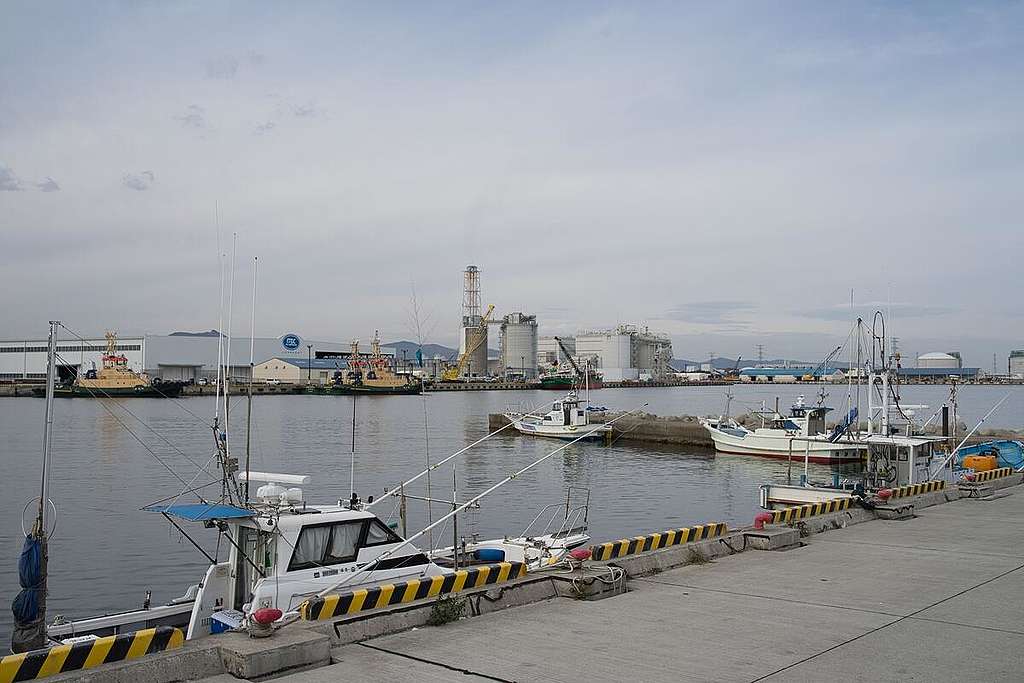
Behind the enduring mistrust is a decade of repeated dishonesty by the government and TEPCO towards the local fishermen. Firstly, in 2015 TEPCO made a promise to the Fukushima Prefectural Federation of Fisheries Co-operative Associations that it “would neither treat nor dispose of” the contaminated water stored inside the buildings, “in any way, without the understanding of those concerned”2. Furthermore, with reports that the Advanced Liquid Processing System (ALPS) treated water actually contained levels of radiation other than tritium, such as carbon-14, that exceeded permitted levels, they have repeatedly betrayed the trust of local residents and those involved in the local fisheries.
“Why do they have to put TEPCO first so much? Shouldn’t it be the victims, the local residents, who need protecting?” Mr. Ono protested. “Nobody has agreed to this. And then they go and make such a thoughtless decision regardless. The ocean is our place of work. Can you imagine what it feels like for that to be intentionally polluted?”
Responsibility to the future up in the air
As of 8 December 2021, there’s a total of approximately 1.285 million tonnes of radiation contaminated water stored in the tanks inside the Fukushima Daiichi Nuclear Power Station3. During 2020, with groundwater flowing into the nuclear reactor buildings, and the cooling of fuel debris, the amount of water increased at a pace of approximately 140 tonnes a day4.
According to TEPCO, the tanks will be full by spring 2023, hence their decision to discharge the polluted water into the ocean. However, a subcommittee of the Ministry of Economy, Trade and Industry, set up in 2019, suggested that there is room to build more tanks within the plant5. “If we can continue to store the polluted water, then there’s no need to rush to a decision. Why are they rushing to make a decision, when we might find a better way to process the water in the future?”
TEPCO plans to eliminate radionuclides, other than tritium, to levels below regulatory standards, and dilute the tritium to 1/40 of permitted levels before discharging the water into the ocean. TEPCO says that the level of tritium discharged annually will not exceed 22 trillion becquerels per year – the maximum annual limit that was in place prior to the nuclear disaster – and that it will conduct regular reviews.
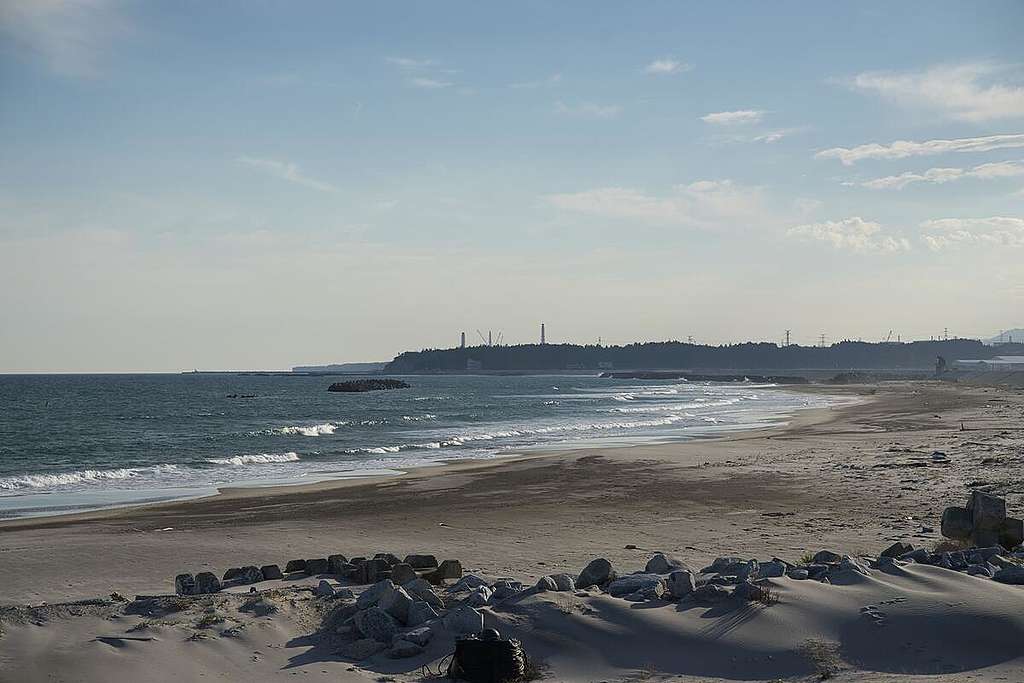
However, whether you dilute the polluted water or employ new techniques to discharge it, the total amount of radiation released into the environment does not change. While the half-life of tritium might be 12 years, the half life of carbon-14 is 5730 years. As long as water is being discharged, radioactive material will continue to accumulate in the ocean.
“It’ll be 30 or 40 years before we see the effects. The causal relationship will have become unclear and it’ll be impossible to prove anything. What’s going to happen to the future of our children, our grandchildren? It’s not even clear who will take responsibility.”
The ocean is alive too
“It feels like – it’s our ocean, but it’s not our ocean”. This is something that Mr. Ono often said and seems to reflect the persistent sensation that things are moving forward without the people who have lived alongside the ocean for so long, the fishermen.
The fishermen of Fukushima face a harsh reality. They are only allowed to go out fishing up to 10 times a month, and their monthly income comes to about 120,000 Yen (~940 Euro). The future is unclear, and their troubles just keep increasing. “Who would want to continue fishing in such an environment, who would want their children to become fishermen? If it goes on like this, there won’t be another generation of fishermen. Discharging the water into the ocean is the last straw.”
In response to the ocean discharge plan, the government and TEPCO have promised compensation and measures to counteract reputation damage, to local forestry and fishery businesses. However, this is beyond the point. “They’re focusing solely on things like mitigating damage to the reputation of local produce, or promises to buy our fish, but that’s not what’s important. We’re not catching fish so that they can be thrown away. We want to catch them so that people can eat and enjoy them,” he says with a sigh.
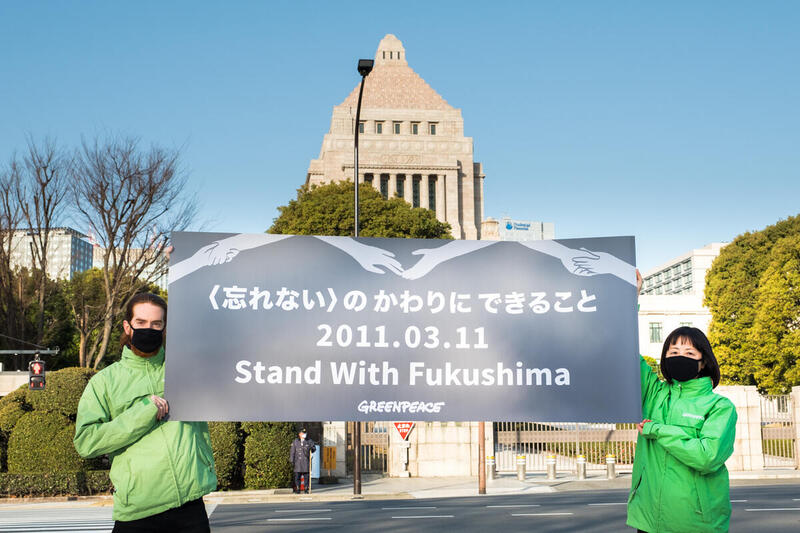
“Firstly, why is it not okay to release radiation on land, but okay to put it in the ocean? You’ve got the mountains and the water from the rivers flowing into the sea, plankton grows, small fish eat the plankton and bigger fish eat the smaller fish. That’s the cycle. Polluting it is easy, but once you’ve polluted you can’t go back to how it was. The ocean is alive too, you know.”
The ocean that Mr. Ono is trying to protect is the same ocean that took away his brother’s life ten years ago, in the tsunami. “The ocean can kill, but it can also give life. If we don’t protect it, who will? The fish don’t have a voice.”
“The ocean is alive too. And we’re citizens of this country, too, you know. I’m begging, somebody, please listen to us.”
Currently, at the Fukushima Daiichi Nuclear Station, preparations are underway to discharge the polluted water into the ocean in spring 2023. This is going to destroy the livelihoods and dignity of Fukushima’s fishermen, and their heartbreaking pleas have yet reached the government or TEPCO, who are focused only on maintaining the superficial appearance of “recovery”.
1
2TEPCO (Japanese only)
3
4
5
Mitsuhisa Kawase is Senior Communication Officer at Greenpeace Japan.






